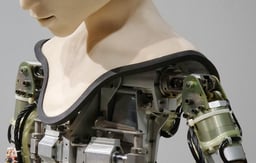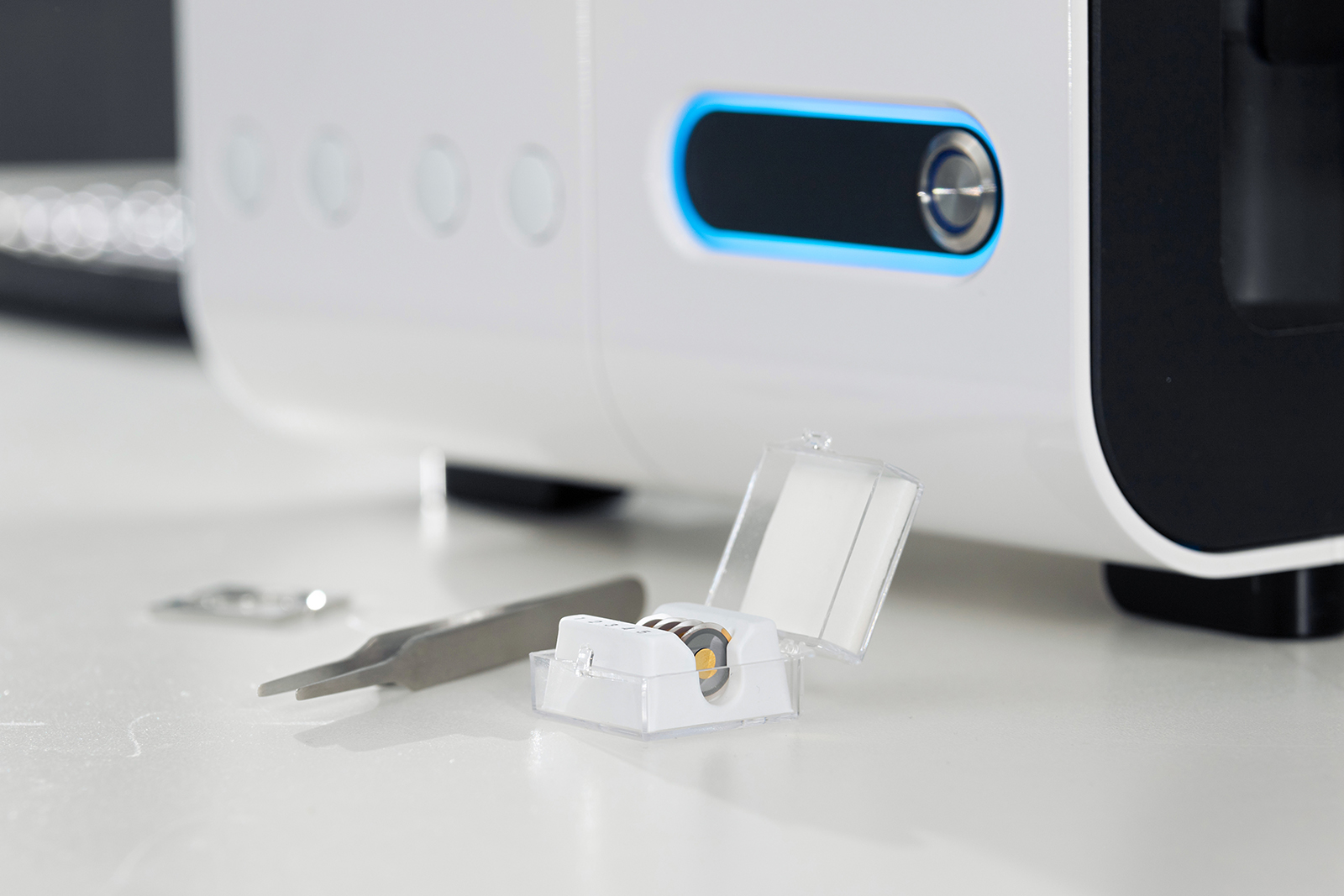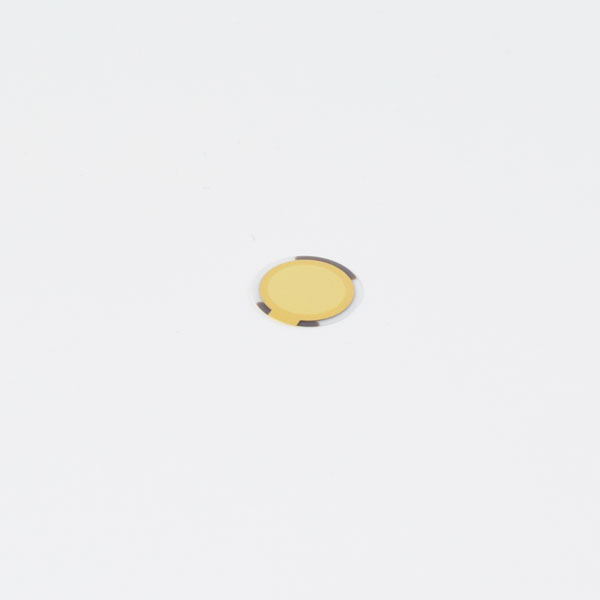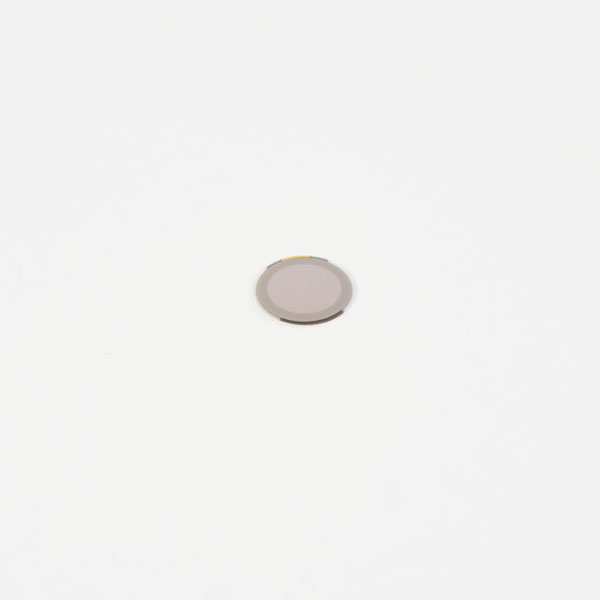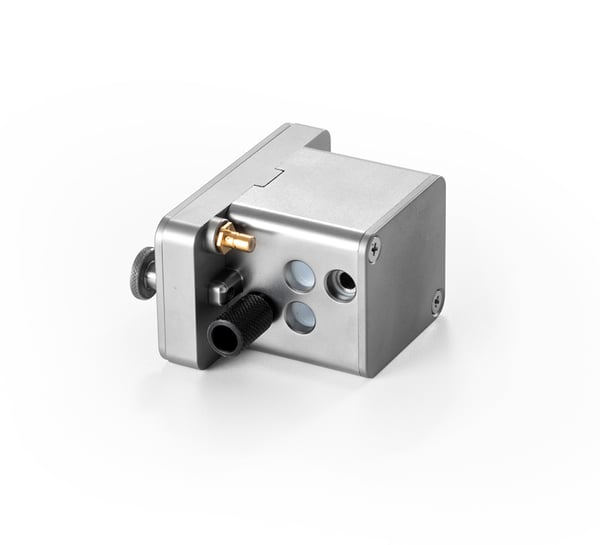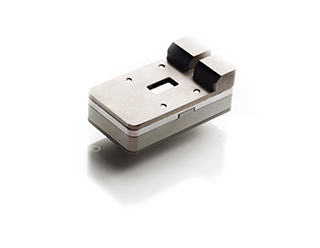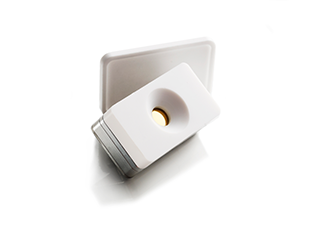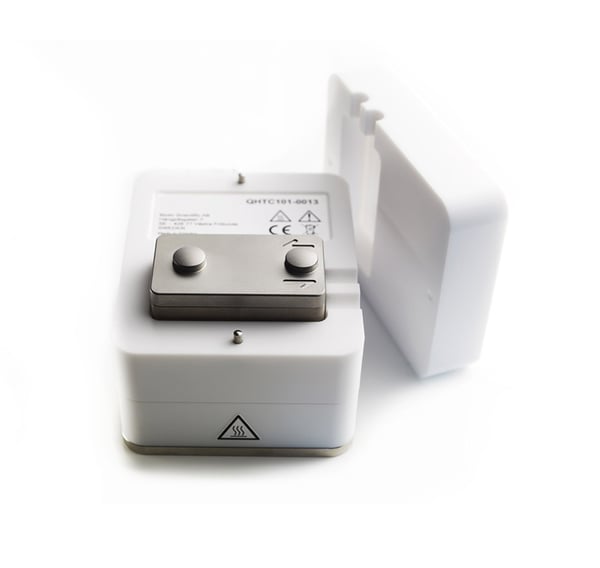- Products
- QSense
- QCM-D Instruments
- QSense Omni
QCM-D
QSense Omni
QSense Omni gives you the sharpest QCM-D data and a smooth journey in the lab. Unfold unique insights into molecular interactions at surfaces and interfaces quicker, and base your decisions on reliable results from highly controlled measurements.
Phenomena
-
Adsorption
-
Desorption
-
Binding and interactions
-
Swelling
-
De-swelling, crosslinking and collapse
-
Degradation, corrosion and etching
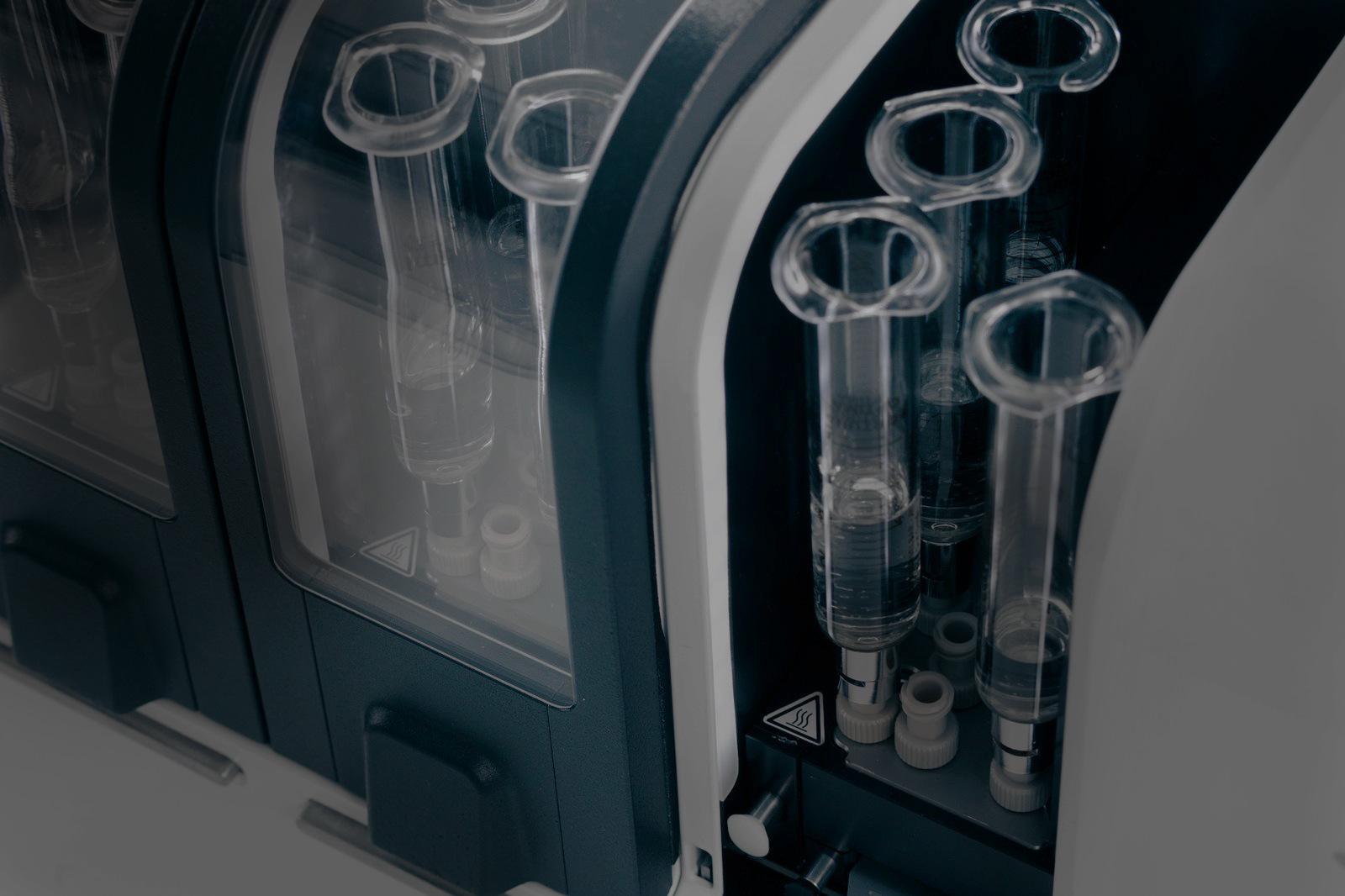
Up to 4 automated measurement channels
Key features
-
Measure mass, thickness, and viscoelastic properties of rigid and soft films
7-harmonic QCM-D with unique QSense Decay technology enables qualitative and quantitative analysis -
Best limit of detection and sharpest QCM-D data
4 times lower noise level and better limit of detection than any other QCM-D instrument -
Automated quality controlled measurements
Save time and perform reproducible measurements with temperature controlled chamber -
Up to 4 individual measurement channels
Measure in parallel using same or different scripts, flow rates and temperatures -
The broadest offer of sensor surfaces and coatings
Set up model systems as close as possible to real-world conditions -
Develop and refine scripts with Live script editing
Adjust your scripts while running the experiment
Intuitive Software for Effortless Experimentation
As you set up your experiment, QSoft Omni software runs continuous quality controls in the background to guarantee ideal conditions for your measurement. While QSoft Omni gathers your data, Dfind simplifies your analysis process.
.gif?width=900&name=analyzer%20(1).gif)
Measurement conditions
-
Flow mode
-
Stagnant mode
-
Gas phase Requires add-on
-
Liquid phase
-
Harsh chemicals
-
Low temperature
-
High viscosity
-
Inert surface Requires add-on
-
High temperature Requires add-on
Measurement range and capacity
| Measurement channels | 1 - 4 |
| Working temperature | 4 to 70 °C, up to 150 °C using add on chamber(QSense High Temperature chamber) |
| Sensors (frequency range) | 5 MHz (1-72) |
| Number of measured harmonics | 7, allows for full viscoelastic modeling |
Sample and fluidics
| Volume above sensor | ~ 20 μl |
| Minimum sample volume | ~ 90 μl |
| Flow rates | Typical flow rate 20 μl/min. Flow speed range 1-200 μl/min |
Performance characteristics
| Maximum time resolution | 300 data points per second (each data point represents an f and D value) |
| LOD (3 x noise) |
0.24 ng/cm2 See the graph below |
| Minimum noise | Frequency: 0.0045 Hz Mass: 0.08 ng/cm2 Dissipation: 1∙10-9 |
| Long-term stability* | Frequency: < 0.25 Hz/h Dissipation: < 0.04.10-6 /h Temperature: < 0.003˚C/h |
All specifications are subject to change without prior notice
* The temperature stability depends on variations in how the ambient affects the warming or cooling of the chamber. The specified temperature stability may not be reached if the room temperature changes more than ± 1° C, due to draft or heat source for example.
Values taken after 1 h measurement with a QSX 303 SiO sensor in DI water at 25° C, Flow 20 μl/min and a data rate of 1 datapoint/s. Data interval used for analysis: 2 min. Even better stability can be achieved by waiting longer than 1 hour. Weight excluding external power supply.
Optimal real-life performance
Applying a higher sample rate inevitably leads to higher noise and compromised limit of detection (LOD).
With significantly improved noise level, QSense Omni offers improved Limit of Detection. The figure and table below
describe the Limit of Detection of QSense Omni at three different sampling intervals, and demonstrates the low limit
of detection achieved also at high sample rates.
The below figure and table describe speed and limit of detection (LOD) per acquisition mode.
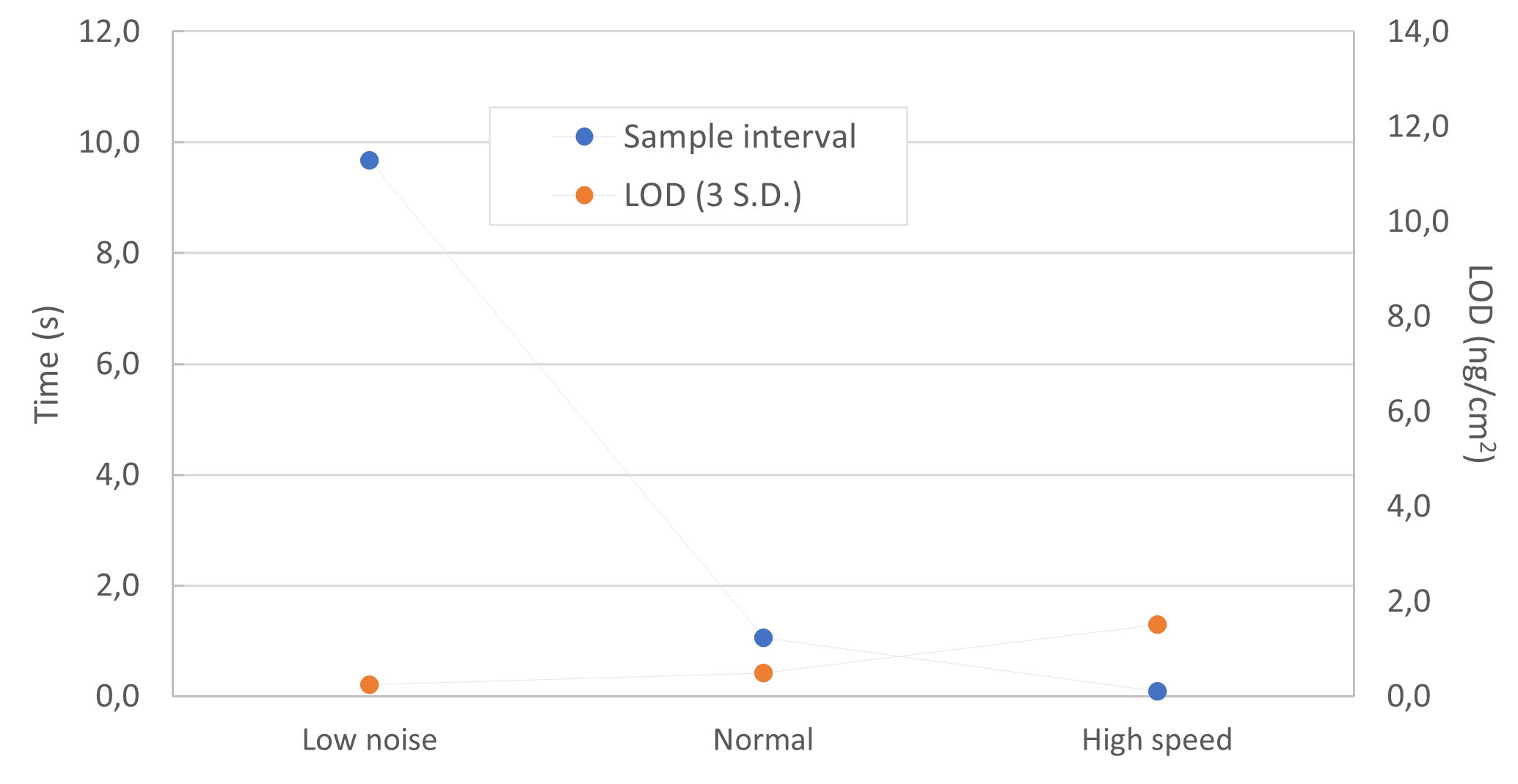
Speed and limit of detection (LOD) per acquisition mode. Theoretical limit of Detection (LOD) at different sample intervals. Limit of detection is set to 3 times frequency noise level.
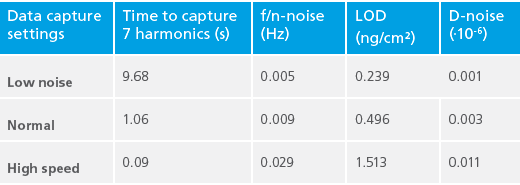 Performance characteristics. Measurements were performed with QSX 303 SiO sensors at 20°C temperature, and in deionized water at flow of 15μL/min, using one measurement channel. Each measurement mode was measured for approximately 5 minutes, and standard deviation of data points was collected within a set time range of 1 min to statistically determine noise data.
Performance characteristics. Measurements were performed with QSX 303 SiO sensors at 20°C temperature, and in deionized water at flow of 15μL/min, using one measurement channel. Each measurement mode was measured for approximately 5 minutes, and standard deviation of data points was collected within a set time range of 1 min to statistically determine noise data.
QSoft and Dfind software
Discover QSoft Omni software - a new, user-friendly software designed to
guide you through experiment set-up and produce successful results. While you prepare your experiment the QSoft Omni software continuously makes quality controls in the background to ensure optimal conditions for your measurement. QSoft Omni is collecting your data whereas Dfind makes your analysis easier.
QSoft Omni features
- Guided workflow takes you
through experiment set-up - Automated quality checks in the
background helps ensure optimal
experiment outcome - Drag and drop interface and live
script editing makes it easy to
develop scripts - Event log featuring both
automated actions and user
annotation
Computer requirements
- USB 2.0 or higher with type A connector
- Intel Core i5 processor (or equivalent)
- 8 GB of RAM or better
- > 1920 x 1080 px screen resolutions
- Windows 10 or later
Add more possibilities
Have a look at a selection of available add-ons compatible with QSense Omni to expand your experimental set up and possibilities.
Electrochemistry Module
Want to conduct simultaneous QCM-D and electrochemistry measurements on the same surface? This module supports a wide range of electrochemical methods, for instance cyclic voltammetry and electrochemical impedance measurements to explore polymer behavior, electrostatic interactions, corrosion, etc.
Window Module
Giving optical access to the sensor surface, this module enables simultaneous QCM-D and microscopy measurements on the same surface. You can also perform light or irradiation sensitive measurements.
Open Module
The Open module is tubeless with the lowest possible sample volume requirement. You can directly pipette a minimal amount of liquid to cover the sensor. This module will provide for evaporation studies, external triggered reactions such as photo induced reaction and chemically triggered reactions.
High Temperature Chamber
With the High Temperature Chamber you can perform measurements in an extended temperature range of 4-150°C.
What our beta testers say
Peter Stengel, BASF SE
“I observed reduced cross-contamination, which is crucial for obtaining accurate data. I recognize the potential and value of this in our
future studies”
Franziska Tauber, BASF SE
“From my initial experience conducting the experiment, it became evident that it was designed with ease-of-use in mind, making it accessible to multiple users at the same time with no difficulties”
Learn more
We have gathered all our in-depth knowledge associated with Omni. Browse around amongst guides, overviews and white papers to find a topic of interest.
- QSense

How Excipients, Surfaces and Formulation Conditions Affect Therapeutic Proteins
- QSense

Basics of QCM-D
- QSense
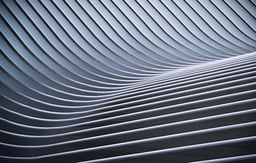
How to Optimize the QCM-D Baseline Stability
- QSense
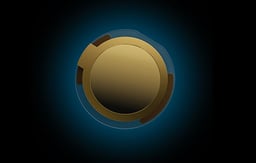
The Working Principles of QCM and QCM-D
- QSense
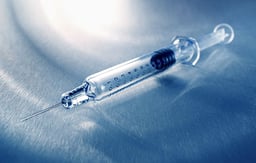
QCM-D in Drug Formulation and Storage
- QSense

QCM-D vs SPR
- QSense
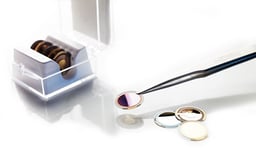
QCM-D vs other QCMs
- QSense
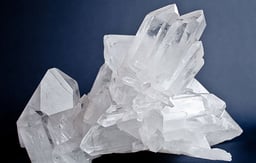
What is Piezoelectricity?
- QSense

How QCM Results are Influenced by Layer Distribution
- QSense

Why the Resonance Frequency of a QCM Sensor is 5MHz
- QSense
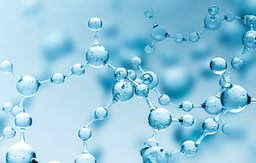
Characterization of Polymer-based Systems
- QSense

Using QCM-D in the Food Industry
- QSense
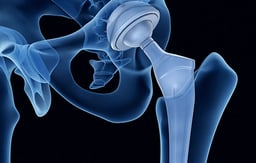
What is Biocompatibility?
- QSense

Why it is Useful to use Multiple Overtones in QCM Measurements?
- QSense
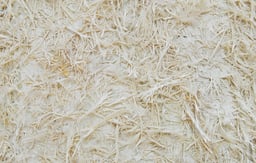
Nanocellulose Research with QCM-D
- QSense
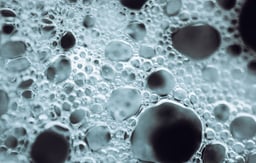
Analysis of Surfactant-Surface Interactions with QSense
- QSense

Getting Started with QSense Dfind
- QSense

Data Modeling in QSense Dfind
- QSense
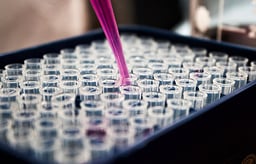
QCM-D as a Screening Tool for Protein Adsorption
- QSense
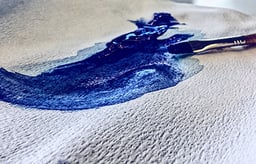
Analyzing Vapor Uptake and Release with QCM-D
- QSense
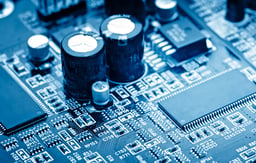
Surface Science – a Field Rich in Science and Applications
- QSense

QCM-D Data Analysis
- QSense
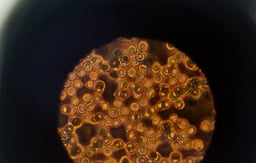
QCM-D as a Tool to Study the Binding of Viruses
- QSense
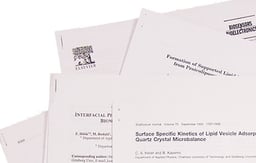
Key Publications on the Formation of Supported Lipid Bilayers
- QSense
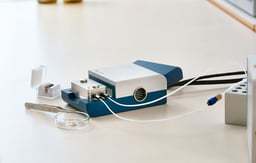
Characterization of Surfaces and Surface Reactions in Energy Storage
- QSense
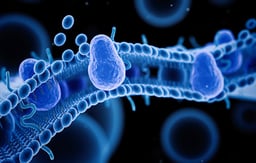
Development of a New Method for the Formation of SLBs on Solid Support using QSense QCM-D
- QSense
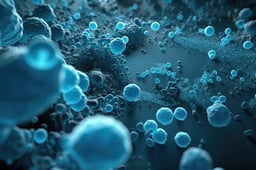
QCM-D Technology: From Fundamental Membrane Biophysics to Translational Applications
- QSense
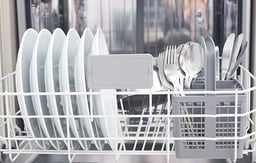
QSense Etching Guide
- QSense
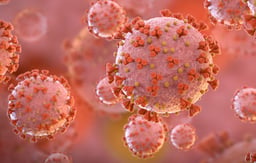
QCM-D Characterization of Antimicrobial Lipid Interactions with Supported Lipid Bilayers: Towards Antiviral Applications in the Biomedical and Agricultural Sectors
- QSense

Monitoring of Polyelectrolyte Multilayer Build-up and Crosslinking using QCM-D
- QSense
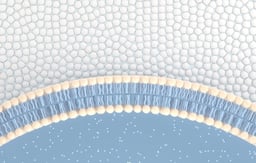
Biomembrane Models and Interactions Therein
- QSense

Screening Nanoparticle - Protein Interactions
- QSense

The Sauerbrey Relation
- QSense
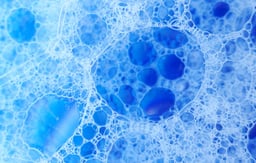
QSense Cleaning Profile
- QSense
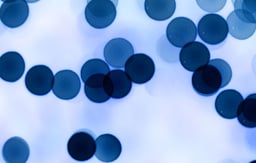
QCM-D Studies of Engineered Nanoparticles
- QSense
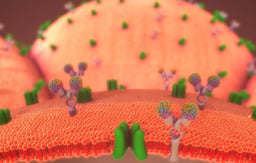
Analytical Methods to Characterize Lipid-based Systems
- QSense
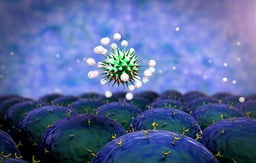
Characterization of Biomolecular Interactions
- QSense

QCM-D Analysis in Virus-related Research
- QSense
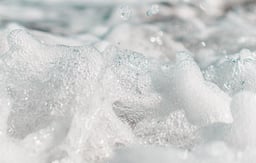
Determining Cleansing Efficacy of Elfan AT 84 using a QCM-D Assay
- QSense

Analyze Surface-induced Complement Activation
- QSense
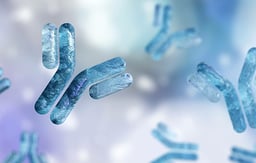
Adsorption and Aggregation of Monoclonal Antibodies at Silicone Oil-Water Interfaces
- QSense
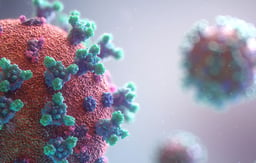
How do we Stop the Next Pandemic from an Unknown Virus?
- QSense
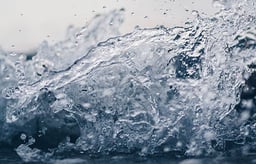
Characterization of Polymer Layer Swelling, Crosslinking and Collapse
- QSense
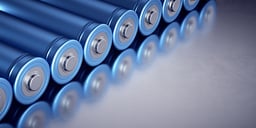
EQCM-D Analysis in Battery Development
- QSense

Analyzing Cleaning of Hard Surfaces with QSense
- QSense
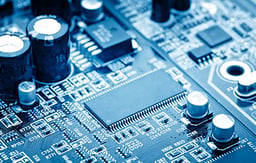
QSense Analysis in CMP
- QSense
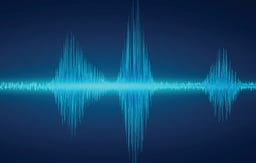
The Dissipation Factor in QCM-D Technology
- QSense
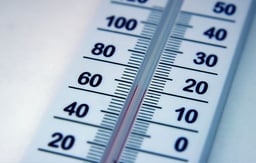
Temperature Stability in QCM Measurements
- QSense
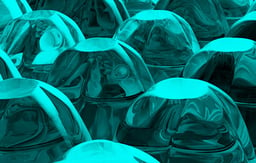
What is Dissipation?
- QSense
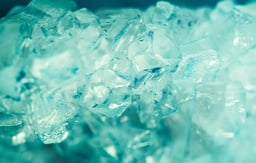
What is a Viscoelastic material?
- QSense

How to Generate Quality QCM-D Data
- QSense

QCM-D vs other QCMs
- QSense
.png?width=256&name=KSV%20NIMA%20User%20days%20(1).png)
Assessing the inflammatory responses induced by biomaterials in contact with human blood using in vitro assays including QCM-D
- QSense
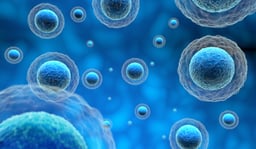
Implementing quartz crystal microbalance with dissipation monitoring for the development of novel biosensing assays
- QSense
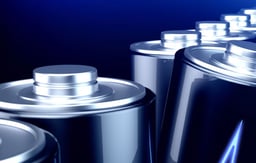
QCM-D Publications in Battery Research
- QSense
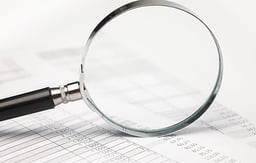
How to read a QCM Specification
- QSense
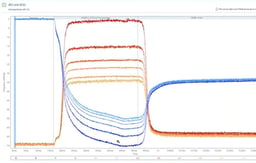
Dfind Basic Training Course
- QSense

Information Obtained with QSense QCM-D
- QSense
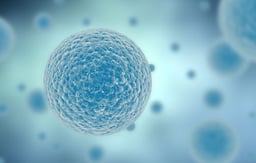
How to Characterize Lipid-Based Systems with QCM-D
- QSense

QCM-D in Research
- QSense
